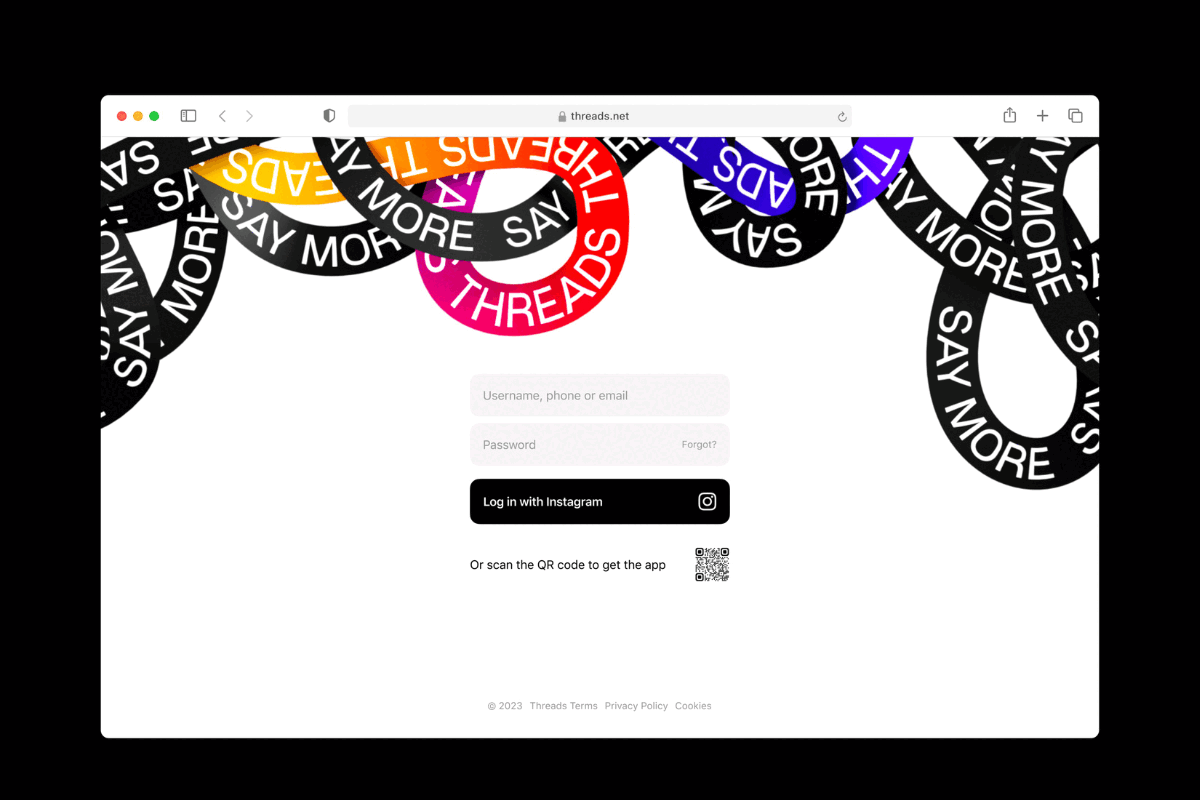Slack attributes losses to investing in the company’s long run
- Friday, April 26th, 2019
- Share this article:

Earlier this year, workplace collaboration and messaging platform, Slack, announced it would follow in Spotify’s footsteps and go public through a direct listing, instead of an IPO. That means that current shareholders will sell their own stock directly, instead of using banks and underwriters (with hefty fees) to do it for them. Slack says it plans to make around 100m shares available, but that number is subject to change as the launch gets closer.
In Slack’s just-released S-1, which outlines the company’s financials, it reported a net loss of $138.9m and revenue of $400.6m in the fiscal year ending on January 31. Last year, Slack reported a net loss of $140.1m out of a $220.5m revenue. Slack addressed its most recent losses, stating the company was prioritizing expanding the business.
“We continue to invest in growing our business to capitalize on our market opportunity,” stated the S-1. “As a result, we incurred net losses of $146.9m, $140.1m, and $138.9m in fiscal years 2017, 2018, and 2019, respectively.”
Slack’s S-1 also said that in the three months before January 31, the platform attracted over 10m daily users, and had participation from over 600,000 organizations. Slack has already raised $1.2bn in investment rounds led by Accel, Andreessen Horowitz, Social Capital, SoftBank, Google Ventures and Kleiner Perkins.
“Our users, whether on a free or paid subscription plan, are highly engaged, and their collective active use of Slack for the week ended January 31, 2019 exceeded 50m,” said the S-1. “During the week ended January 31, 2019, more than 1bn messages were sent in Slack. During this same time, on a typical workday, users at Paid Customers averaged nine hours connected to Slack through at least one device and spent more than 90 minutes actively using Slack.”

















